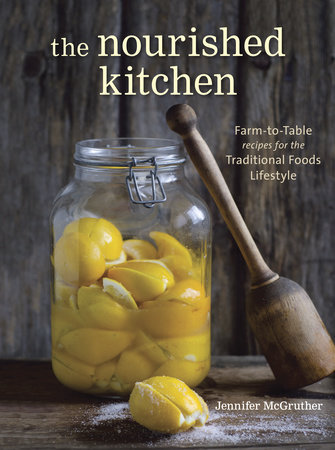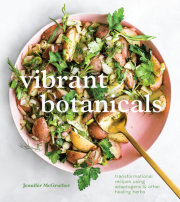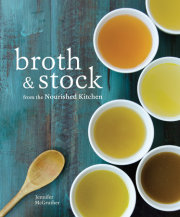Introduction"Everyone had a garden back then; you just couldn’t get by without it. We fried our dinner in lard, and sauerkraut got us through the winter,” Trudy explained, answering a question about how the old-timers survived in the rough-and-tumble Colorado mining community of Crested Butte long before the roads were paved and imported, packaged foods traveled up the winding mountain passes in eighteen-wheel trucks to line the shelves of our grocery store.
Trudy, you see, is an old-timer. She grew up when convenience foods and long-traveled fruit and vegetables simply couldn’t be found. That time lingered in the isolated town of Crested Butte, where I make my home, longer than it did in most American communities. Here, seasonal vegetables straight from the garden filled the dinner table, along with whole milk and butter from the local creamery, and locally produced meat and lard. In the fall, plenty of sauerkraut was put up to last until late spring lest bellies go hungry.
These foods—meat loaf and liver, whole raw milk and just-gathered eggs, sourdough bread and soaked oatmeal porridge—nourished generation after generation of healthy people the world over until the global food supply began to change slowly but dramatically at the dawn of the Industrial Revolution of the nineteenth century and again after the Green Revolution of the mid-twentieth century.
A Traditional Foods MovementTraditional foods are the foods of our great-great grandmothers—the foods of gardens and of farms. They represent a system of balance, emphasizing the value of meat and milk, grain and bean, vegetables and fruits.
There is a movement afoot to restore this way of eating. The movement honors the connection between the foods that we eat, how we prepare these foods, and where they come from. In this way, the traditional foods movement celebrates the connection between the farm that produces the food, the cook who prepares it, and the individuals who eat it. Traditional foods is a system of connection, emphasizing support for time-honored ways in farming, cooking, and eating, and finding a place for fat and lean, animal and vegetable, raw and cooked.
Copyright © 2014 by Jennifer McGruther. All rights reserved. No part of this excerpt may be reproduced or reprinted without permission in writing from the publisher.









